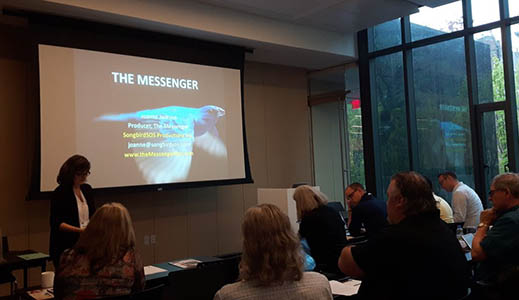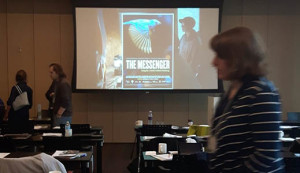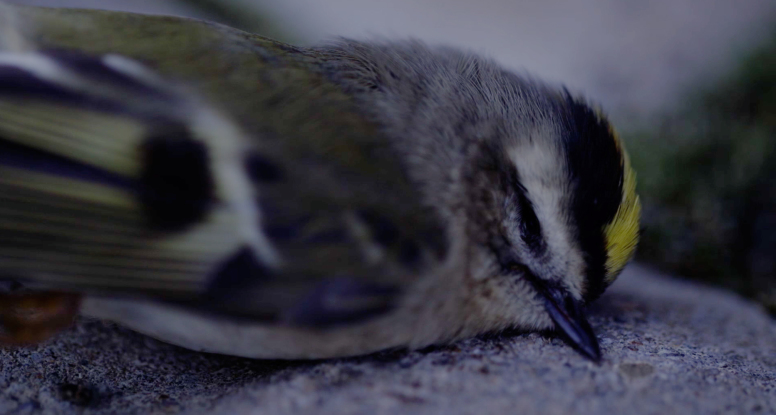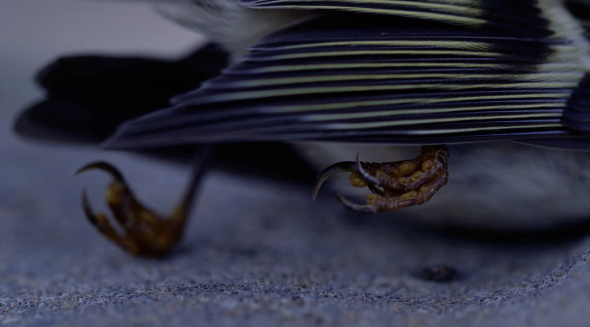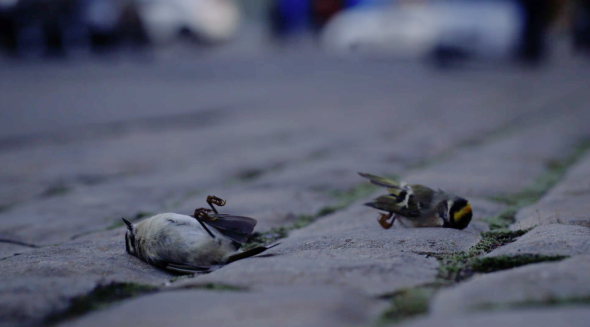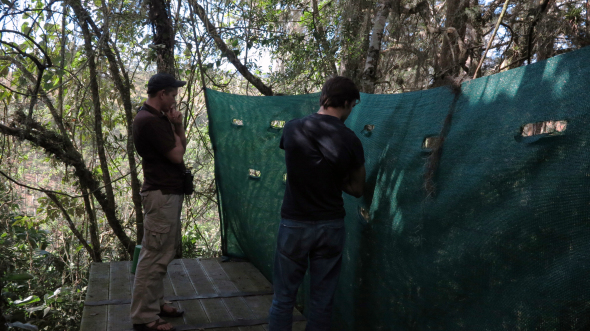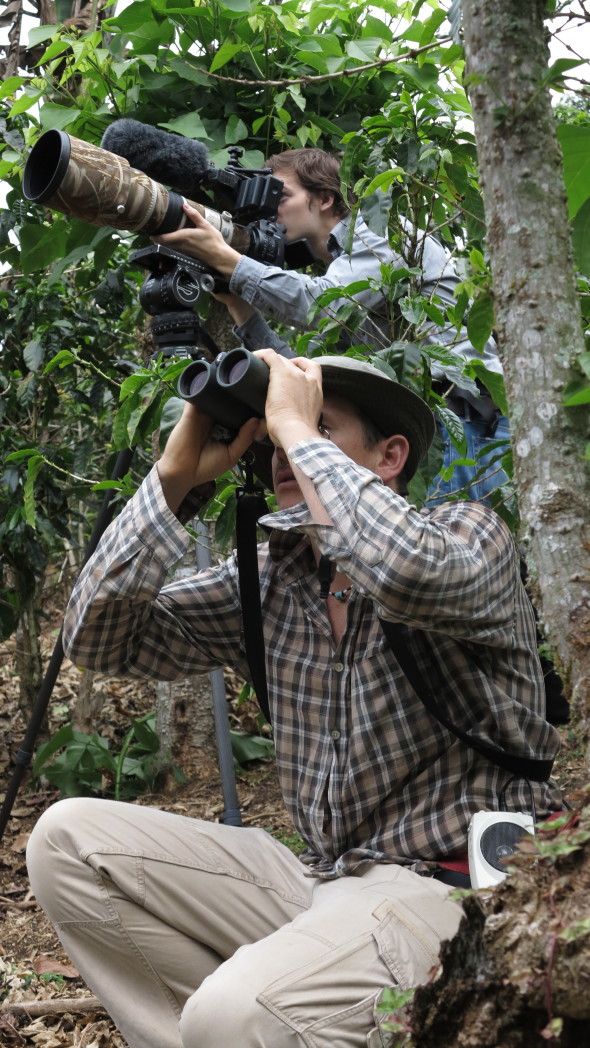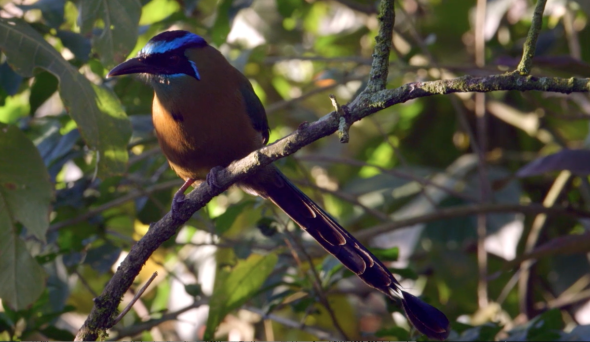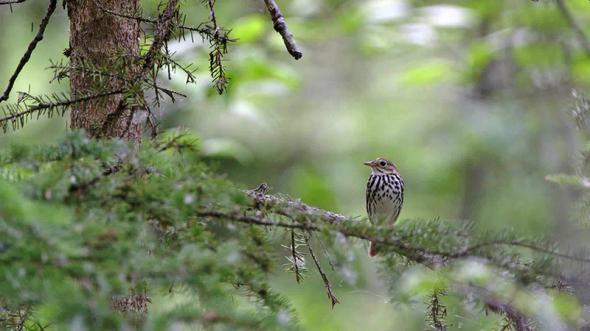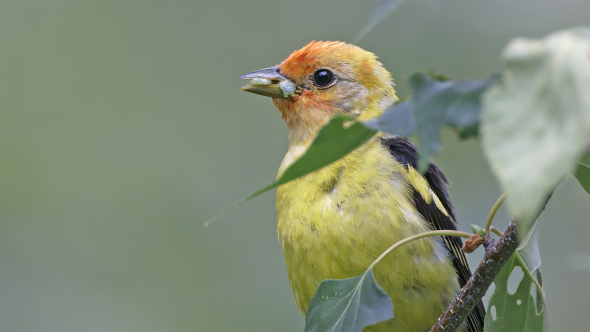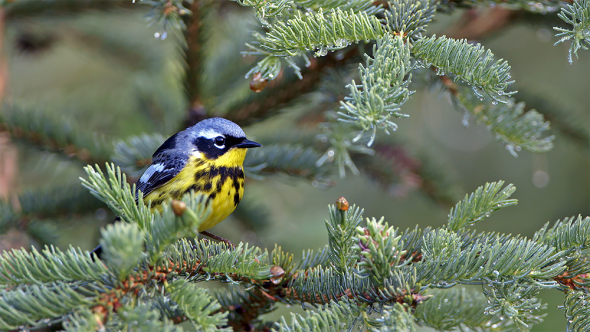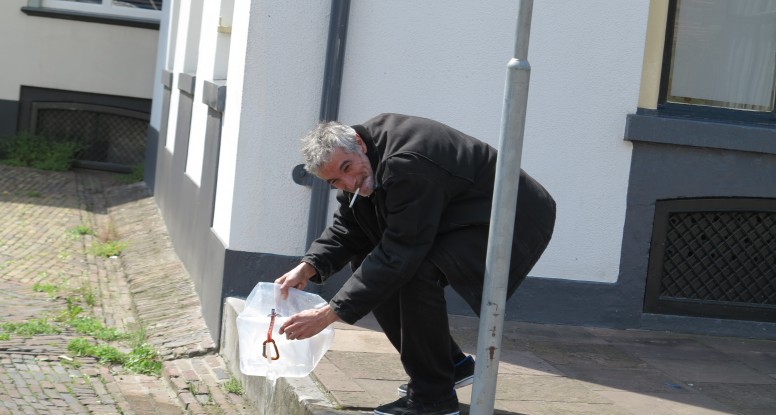Embraced by audiences the world over – The Messenger has had critical festival and North American theatrical success. Rest assured this is hardly good-bye for the award-winning documentary about songbirds. Many educators have been asking us if the film can be shown on campuses, in schools and in libraries. Yes, we want The Messenger to be seen and discussed by educators everywhere! In fact we are even organizing a Canadian Campus Tour in partnership with our National Outreach partner Bird Studies Canada. It kicks off in September.
The Messenger is the most scientifically sound and beautiful film about songbirds I have ever seen. You heart will be opened to their plight and your brain to the action you can take to help save them.
Steven Price, President, Bird Studies Canada
Those who have seen the film will understand its power to enlighten and challenge students of all ages. Teachers and instructors will find the film inspires interesting discussions about our environment. It can also be used to explore interdisciplinary connections to the avian issues that are depicted in the film.
Check back in to our Educators page, late October as we will have a free study/discussion guide available for teachers.
Here are just a few subject areas where we think the film has relevance.
- Climate change
- Loss of Habitat
- Nature’s influence on Art and Culture
- Biodiversity
- Biology
- Protecting the environment
- Agriculture and pesticide use
- Urbanisation and city planning
- Advancements in tracking Technology for animals
- Careers in environmental science and biology
- Women in Science
- Nature conservation
- Photography and Filmmaking
Beyond the subject matter of the film is its innovative approach to capture the film’s subjects in some ground-breaking cinematography. A vital tool for filmmaking students working in non-fiction and fiction alike!
Educational DVD’s and Blu Rays have bonus material including behind-the-scenes footage, and a deleted scene.
The film is currently available for Educational use in the USA through our distributor Kino Lorber.
Canadian libraries and schools can now pre-order The Messenger with institutional/educational and/or public performance rights for late fall delivery. Details here.
Another leading Bird conservation organization had this to say:

The Messenger is riveting, emotionally engaging, and visually extravagant from the first frame to the last. Up-to-the-minute facts on how birds communicate about environmental change are interwoven with gripping stories about the perils faced every year by these amazing world travelers. This is a must-see movie for anybody who values the natural world or wonders about its relationship to humans.
John Fitzpatrick, Executive Director, Cornell Lab of Ornithology
As stunning as The Messenger is in theatres, we expect the film will be appreciated on many small screens in classrooms around the world too.
To participate in the Canadian Campus Tour request a screening here.
For educational purchase, more info here.
If you are interested in a personal use home video, check out this page of our website.

